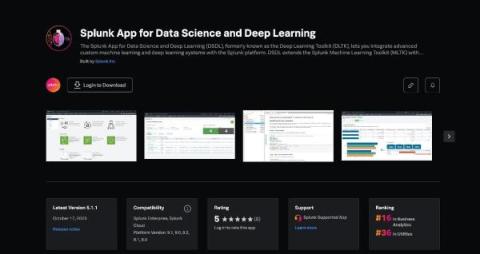Improvements to DSDL Container Build Process
We’re happy to announce that with the upcoming release of Splunk App for Data Science and Deep Learning (DSDL) 5.1.1 we’re significantly overhauling the build process for containers in DSDL. More and more customers are adopting DSDL for some of their most complex and advanced workloads. In this newest release, we’re making the process of deploying, building and maintaining containers for DSDL more modular, more secure, more robust, and more scalable as well as adding some new features!








